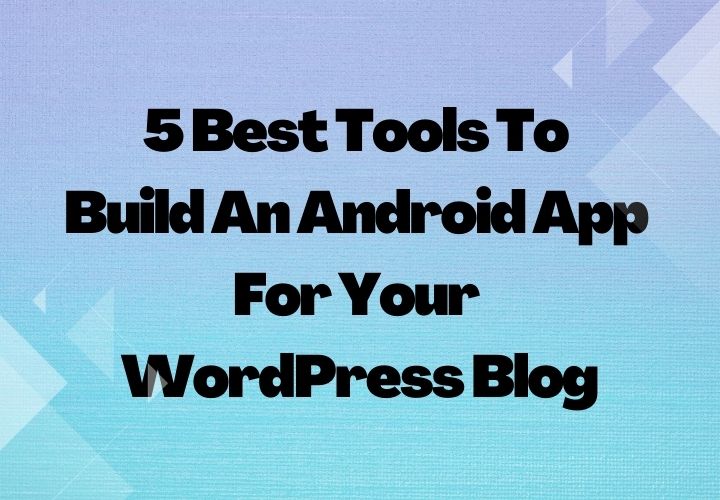
As the web development services landscape continues to evolve, staying updated with the latest frameworks is essential for creating robust, efficient, and scalable applications. In 2024, several frontend and backend frameworks are leading the way, offering developers powerful tools and features to enhance their projects. In this guest post, we’ll explore the top frontend and backend web development frameworks for 2024, helping you choose the best technology stack for your next project.
Frontend Frameworks
React: The Evergreen Choice
React, developed by Facebook, continues to dominate the frontend development scene. Its component-based architecture allows for the creation of reusable UI components, making development faster and more efficient.
Why React?
- Component-Based Architecture: Encourages reusable components, enhancing development speed and maintainability.
- Virtual DOM: Improves performance by minimizing direct manipulation of the actual DOM.
- Strong Ecosystem: Extensive libraries and tools such as Redux and React Router.
Use Cases: Single Page Applications (SPAs), Progressive Web Apps (PWAs), and dynamic user interfaces.
SolidJS: The Performance Powerhouse
SolidJS is a modern JavaScript library designed for building user interfaces with a focus on performance and simplicity. It leverages a reactive programming approach, ensuring that only the necessary components are updated, resulting in highly efficient rendering and improved application performance.
Why SolidJS?
- Fine-Grained Reactivity: Ensures optimal performance by updating only the components that need re-rendering.
- Simplicity: Minimalistic API makes it easy to learn and use, especially for developers familiar with JavaScript.
- Small Bundle Size: Results in faster load times and better overall performance.
- Component-Based Architecture: Promotes reusable and maintainable code, similar to other modern frameworks.
- Exceptional Performance: Outperforms many other frameworks by minimizing unnecessary computations and updates.
Use Cases: High-performance applications, small to medium-sized projects, and developing reusable component libraries. Ideal for real-time data visualization tools, financial dashboards, and applications where performance is critical.
Angular: The All-in-One Framework
Angular, maintained by Google, is a comprehensive framework that provides everything you need to build dynamic web applications. Its two-way data binding and dependency injection make it a powerful tool for developing complex applications.
Why Angular?
- Two-Way Data Binding: Synchronizes data between the model and view components, simplifying development.
- Dependency Injection: Enhances modularity and testing.
- Rich Ecosystem: Built-in tools and extensive libraries.
Use Cases: Enterprise applications, large-scale SPAs, and complex web applications.
Vue.js: The Progressive Framework
Vue.js has gained popularity for its simplicity and flexibility. It can be integrated into projects incrementally, making it a great choice for both small and large applications.
Why Vue.js?
- Incremental Adoption: Easy to integrate into existing projects.
- Reactive Data Binding: Simplifies the creation of interactive user interfaces.
- Strong Community: Growing ecosystem with tools like Vuex and Vue Router.
Use Cases: SPAs, PWAs, and user interfaces for existing applications.
Backend Frameworks
Node.js: The Event-Driven Server
Node.js is a runtime environment that allows you to run JavaScript on the server side. Its non-blocking, event-driven architecture makes it ideal for real-time applications.
Why Node.js?
- Asynchronous and Event-Driven: Handles multiple requests efficiently.
- Single Language: Use JavaScript for both frontend and backend.
- Rich Ecosystem: Access to npm, the largest package repository.
Use Cases: Real-time applications, RESTful APIs, and microservices.
Django: The Python Powerhouse
Django is a high-level Python framework that promotes rapid development and clean, pragmatic design. It includes many built-in features, making it a powerful tool for backend development.
Why Django?
- Batteries-Included: Comes with many built-in features like authentication, ORM, and admin interface.
- Security: Emphasizes security, protecting against common threats.
- Scalability: Suitable for both small and large projects.
Use Cases: Web applications with complex back-end logic, e-commerce platforms, and content management systems.
Ruby on Rails: The Convention Over Configuration Champion
Ruby on Rails, often simply Rails, is known for its developer-friendly conventions and rapid development capabilities. It follows the principle of Convention over Configuration (CoC), reducing the number of decisions a developer has to make.
Why Ruby on Rails?
- Rapid Development: Facilitates quick prototyping and development.
- Convention Over Configuration: Streamlines development by following standard conventions.
- Strong Community: Extensive libraries (gems) and active support.
Use Cases: MVPs, e-commerce platforms, and database-backed web applications.
Spring Boot: The Enterprise-Grade Framework
Spring Boot, built on the Spring Framework, simplifies the development of production-ready applications. It’s a favorite among Java developers for building enterprise-level applications.
Why Spring Boot?
- Microservices Support: Ideal for developing microservices.
- Production-Ready: Includes embedded servers and simplifies deployment.
- Strong Ecosystem: Comprehensive suite of tools and libraries.
Use Cases: Enterprise applications, microservices, and RESTful APIs.
Conclusion
Choosing the right frontend and backend frameworks is crucial for the success of your web development company in 2024. React, Angular, and Vue.js continue to lead the frontend landscape with their unique strengths and capabilities. On the backend, Node.js, Django, Ruby on Rails, and Spring Boot offer powerful solutions for various types of applications. By selecting the appropriate frameworks for your specific needs, you can build efficient, scalable, and high-performing web applications that stand out in today’s competitive market.
Whether you’re developing a dynamic user interface or a robust backend system, the frameworks highlighted in this post provide a solid foundation for achieving your goals in 2024 and beyond. Happy coding!
Related Posts

5 Best Tools To Build An Android App For Your WordPress Blog
Apps play an important role in enhancing the overall experience of an Android device owner. As a result, it is…

The Next Decade of Technology Trends
There is no doubt the coming decade will bring many technological advancements. While we have not yet experienced flying cars,…

How to Choose the Best Web Development Company
Any business or organization operating in the current digital era needs to have a robust online presence. A well-thought-out and…
